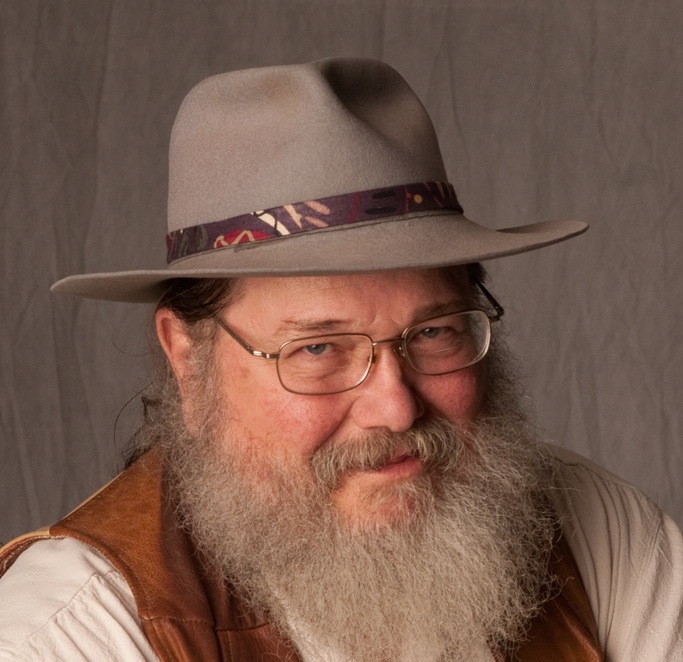The therapist works her elbow along my breastbone and with an audible pop my rib moves back to its proper place. I had tripped over a space heater’s power cord that morning and wind-milled across the room catching myself on the door jam and painfully tweaking my back and ribs. I hobbled to Nicci, possibly the world’s best massage therapist for healing. Nicci went to school with my kids and has been keeping me in tune for almost 20 years. I drift into the zone as she kneads my body and the stereo floats the sweet voice of Loreena McKennet into the dim scented room. I realize my groans are mixing with an old familiar poem I’ve never heard sung before.
“Over the cobbles he clattered and clashed into the dark inn yard/He tapped with his whip on the shutter but all was locked and barred/He whistled a tune to the window and who should be waiting there/But Bess the landlord’s daughter/The landlord’s black-eyed daughter/Plaiting a dark red love knot into her long black hair”
I was introduced to this poem before I formed the habit I would follow through my childhood. I was next youngest and best looking of 11 children. No, we weren’t Catholic or Mormon, just a poor rural Texas family that didn’t know when to quit. On the first day of school I would wait impatiently for the big yellow bus to disgorge the older kids. Then I would examine their stacks of textbooks one by one. Arithmetic books were soon examined. The grammar books were “a short horse soon curried.” Likewise spelling books, but the science books were endlessly entertaining with their illustrations of the natural world, dinosaurs and the galaxies and “experiments.” Dick and Jane readers were a fascinating glimpse into an unknown world. Their dog Spot seemed to joyfully obey instructions to “run” and “come” unlike our dog Rowdy who ignored our shouts or would tear my shirt off in rough play.
I don’t remember when my older sisters Shirley and Kathy began reading aloud from their schoolbooks. Poems like “The Raven” and “Annabel Lee” transported me with the magic of their language. The night they read “The Monkey’s Paw” was memorable. A seed was planted that grew into a hunger for stories and poems that has never been quite satisfied. As I learned to read myself, I would eventually read all their literature and English texts within a few weeks of school’s start. Let me point out that our home library contained only a handful of books including a copy of Seton’s “Two Little Savages,” a coverless edition of “With The Indians in the Rockies,” a 19th century guide to animals of the world, and my mother’s Bible.
We lived in the old Annetta School building—a stately one-story stone structure with high echoing ceilings and 8-foot windows. On a blue February night, the rattle of the neighbor’s windmill rode on the north wind as it had its way in the top of the big elm trees. The corners of the room were lost in dark shadows cast by the bare bulb high in the ceiling. The half dozen stair-step children were arranged in an arc around the wood-burning kitchen stove. Tomorrow’s beans simmered on the back of the stove and incensed the air. Shirley held her world literature textbook canted toward the light and intoned:
“The wind was a torrent of darkness among the gusty trees/The moon was a ghostly galleon tossed upon cloudy seas/The road was a ribbon of moonlight over the purple moor/And the highwayman came riding-riding-riding/The highwayman came riding up to the old Inn door”
Through the window, I watched the prairie moon topping the pecan trees along the creek bottom and frosting the bull nettle in the calf pasture and wondered what a purple moor was.
Recently my brother Tom posted a photo on Facebook—a shot of the Norris family reunion circa 1969. Henry and Alice Norris sit on the porch steps and their 11 progeny gather around them in a circle. This group includes teachers, artists, dreamers, newspapermen, musicians, writers, preachers, scientists, inventors, conmen and craftsmen—all inspired by those kitchen literature sessions.
It’s almost time for the 14th Northern Arizona Book Festival. I hope you’ll participate by reading aloud your favorite poems and stories to a young audience however small.
Hear Alfred Noyes read his poem “The Highwayman” at www.youtube.com/watch?v=N4Y8EKw5DaE.
See photos of the Norris Family Reunion 1969 at www.flaglive.com.

